“Fat is Here to Stay” was the title of Gary Sjoquist’s first presentation. Sjoquist is the Advocacy Director for Quality Bicycle Products (QBP), the host of the Fat Bike Summit held during Crested Butte’s Fat Bike Worlds. QBP’s tagline is “More Butts on Bikes,” reflecting the company’s focus on advocacy… not just selling bikes, but helping people use bikes. So, if “fat is here to stay,” “where are all these fatties going to play?”, specifically on snow, is the next big question. With the astronomical sales of fat bikes, which represent the fastest growth in the bike industry, come some real growing pains and conflicts with other user groups.
[see_also id=’38441′]

It is useful to recognize the relative infancy of fat bikes in the history of cycling. The progression from hand-built, experimental frames, rims, and tires to over twenty complete fat bike manufacturers, one hundred manufacturers of fat bike accessories and parts, and some 50,000 fat bikes in use has only been a decade. Check out these links for a primer on fat bike history:
Understanding Historic Snow Sports User Groups
Whenever equipment development and acquisition precede access plans, resistance and conflict is inevitable. Fortunately, advocacy and collaboration generally follow close behind. Fat biking is growing out of its infancy and is toddling into that enthusiastic stage of trying to play with everyone. Some of the “adults-in-the-snow”: nordic skiers, downhill skiers, snowmobilers, et al, are not so ready to let the fat bikers play. The reluctance and resistance have been compared to the response to upstart snowboarders crashing the alpine ski scene, and those lycra-clad skate skiers speeding by the knicker-wearing nordic skiers. Though change is hard, it is the only constant in life, so… how can snow sports enthusiasts accept fat biking and help it grow into adulthood?
That is the question the January 29th summit attempted to answer. QBP has been involved in fat bike advocacy since 2009, when Scott Fitzgerald, a bike retailer from Victor, ID had the idea for a Fat Bike Summit. The first summit took place in 2012 in West Yellowstone with twenty attendees, including National Park staff. By 2014, there were 120 attendees in Ogden, UT, representing BLM, NPS, USFS, IMBA, and the bike industry. In 2015, at Snow King Resort in Jackson, WY, the Bridger-Teton Forest Service Unit was presented with the Land Managers Award for Enlightened Management Practices. Recognizing that winter issues and conditions vary widely across the country, QBP moved to a Regional Summit format. 2016 will see summits in Crested Butte, CO; Marquette, MI; Ogden, UT; East Burke, VT; and Valdez, AK. So, if you want to be part of fat biking’s growth and access, there is a place for you.
As with access issues throughout history, hard-working advocates are the driving force behind change. As the eager newcomers to the snow sports scene, we have to respect and understand those who have preceded us in order to understand some of the pushback. Though nordic skiing and snowmobiling communities may seem the very antithesis of each other, they have access and trail use issues in common. Each has spent decades developing trail systems that often require linking numerous land owners, both public and private. Nearly all trail systems in this country began as labors of love initiated by tireless volunteers. They work patiently to propose, design, and build trails to provide access for their activity. Nordic skiers and snowmobilers formed clubs, raised money, and physically built their trails and now, understandably, some are unwilling to let fat bikers ride their coattails without putting in the historical time.
The second common factor for nordic skiers and snowmobilers is the reliance on grooming. Quality grooming requires money and time–neither of which come easily. Grooming equipment is expensive to purchase and maintain, so clubs must fundraise and/or charge fees for trail use. Funds for snowmobile trail grooming come from vehicle registration, trail use fees, and/or a gas tax. Trail grooming must be done regularly and correctly, so volunteer groomers must be trained and scheduled in order to ensure quality trail user experiences. Here again, there is some reluctance to allow fat bikers to ride the hard-won gravy train. Now, throw in a whole bunch of misinformation and misunderstanding, and we have the ingredients for a classic stand off.
Recognizing that we have a problem is the first step… now, it’s time to solve it. Fortunately, that process is underway, and we can all be part of the solution. The key word is collaboration and summits like the one in Crested Butte epitomize it. Gathering folks together to share resources, guidance, and success stories provides a forum for understanding. Participation by land managers, nordic and alpine skiers, snowmobilers, community leaders, tourism, retailers, and cyclists allows for respectful dialogue. The only way to eliminate misunderstanding is to listen to each other and provide accurate information. Though there are no magic bullets that address all concerns, there are some experience-based suggestions that can provide guidance. IMBA provides guidelines, and the American Council of Snowmobile Associations has begun to study the issue.
[see_also id=’55571′]
Grooming and Trail Sharing in Northern Wisconsin
At CB’s summit, Kent Adams presented on grooming singletrack, specifically regarding the 50 miles of CAMBA singletrack in the Hayward-Cable area of Northern Wisconsin.
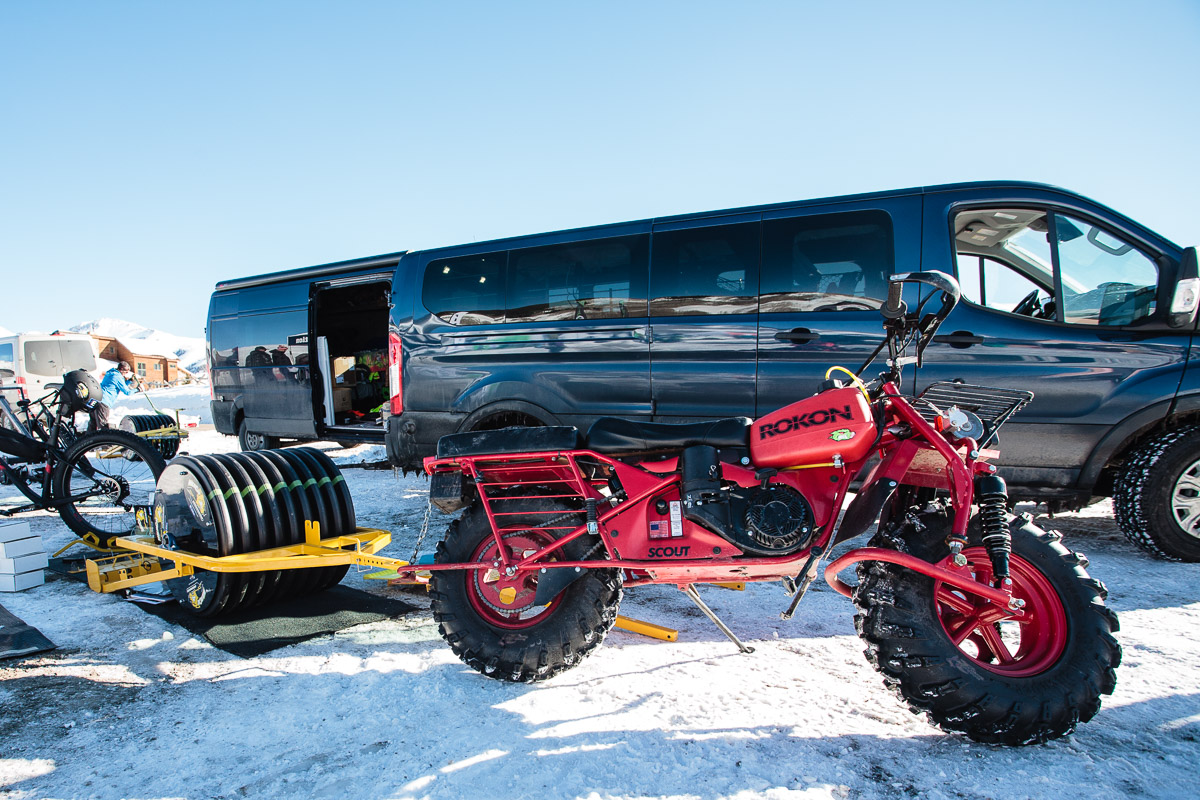
I interviewed Ben Popp, Executive Director of the American Birkebeiner Ski Foundation, in Hayward, WI. The “Birkie” is the largest ski race in North America, capped at 10,000 skiers, and takes place on a portion of the 102km Birkie trail. Since this “Holy Grail” of nordic skiing is intertwined with 50 miles of groomed winter fat bike singletrack and hosts the Fat Bike Birkie race, how user groups co-exist there is informative.
According to Popp, fat bikes started showing up on snowmobile trails, which Sawyer County allows, but Bayfield County does not. The narrow, curvy trails and very different speeds didn’t work well, so fatties turned to nordic ski trails. Skiers were convinced that their trails would be damaged. In 2011, Scott Chapin, a Birkie board member, convinced the board to host the first Fat Bike Birkie on the world class nordic course. 170 riders showed up, proving that there was an eager fat community.
Collaborative efforts between the Birkie Foundation and CAMBA led to the current alternative to shared trails. With up to 1,500 skiers on a weekend day, fat bikes are not allowed on ski trails, but the ski foundation donates time, money, and equipment to groom 50 miles of singletrack for fat bike enthusiasts and snowshoers. The nearby Seeley Hills nordic system does allow fat bikes, as well as skijoring.
The cooperative solution works well in Northern Wisconsin: skiers and bikers all have plenty of access with shared trailhead areas. Area retailers and tourism are booming with the addition of the new user group, and all involved are sharing the costs. Just this year, three miles of perfectly flat, wide doubletrack have been groomed to accommodate the fat bike novices who aren’t yet ready for single track.
Popp said that fat biking has become a staple in the north, with a third of riders on any given day in July riding fatties. A Hayward bike shop reports that a growing number of non-shredders are purchasing fat bikes for the high level of balance and stability. Clearly, in northern Wisconsin, devout nordic skiers and fat bikers have embraced each other to the benefit of an entire winter tourism community.
Local Fat Bike Access in Colorado
So, is “separate-but-equal” the overarching solution to co-existence? Well, no, because every snowy part of the country is not alike. Take Colorado, for example, where grooming summer singletrack trails during the winter when they’re snow covered is often impractical, if not impossible. Where we live, in the Arkansas River Valley, the lower elevation trails in Salida and Buena Vista don’t get enough reliable snow to groom. That explains the lack of conflict with nordic skiers, because they have no groomed trails either. We all use groomed snowmobile trails (aka winter closure mountain passes).
[see_also id=’183723′]

The higher elevation trails, such as the iconic Monarch Crest Trail, are located in avalanche-prone areas and utilize benchcut mountain singletrack that is too narrow to be groomed.
Some options do take advantage of user-created grooming.


North of us, in Leadville, however, is a prime example of collaborative, peaceful, snow-loving co-existence. There, at 10,000 feet and higher, all trails are shared trails, and no one is excluded. (Please note, non-motorized trails do not allow snowmobiles). The 12-mile paved Mineral Belt Trail, which circumnavigates the City of Leadville, is groomed for both classical and skate skiing in the winter. All non-motorized uses are welcome, including fat bikes, snowshoers, walkers, and runners.

Intersecting with the Mineral Belt is Colorado Mountain College’s eight-mile groomed singletrack system, which makes for a potential twenty-mile fat bike ride.

The numerous miles of snowmobile trails, including the scenic 15-mile Turquoise Lake trail are open to fat biking.

Even more notable is the Tennessee Pass Nordic Center, located just 10 miles north of Leadville. I spoke with Roxanne Hall who, with her husband Ty Hall, has owned and operated the center since 1994. They have operated as a Nordic ski center for twenty years and are in the fourth season of welcoming fat bikers on all 25km of their groomed trails.

They have also been offering fat bike rentals via Vail’s Pedal Power and love seeing people try fat biking for the first time. When asked about conflicts or skier pushback, Hall says they just haven’t experienced any. Operating on the basic principle that everyone should get out and play in the snow, they allow all users, including walkers, runners and dogs. Hall dismissed the concern that fat bikes damage the groomed surface, saying that snowshoes do far more damage, and they also allow snowshoers.

The Halls have worked closely with downhill ski neighbor, Ski Cooper, both of which are on Forest Service land. They utilize some private lands (where their overnight yurts are located) and have no opposition to fat bikes on that front, either. Indicative of their enthusiasm for winter biking, they have hosted the Tennessee Pass Night Jam, part of Leadville’s Winter Mountain Bike Series, for sixteen years (February 20 this year).
The upshot: success looks different in different places, but success is possible.

I haven’t even addressed fat biking at downhill ski resorts, but that is happening already, and the lift-served access issue is just beginning to heat up.
[see_also id=’180308′]
Tips for Coexisting Peacefully
As the access issues get sorted out and the transition to peaceful co-existence slowly progresses, what can we, as enthusiastic fat bikers, do to help? Here are a few suggestions:
- Ride only where you are allowed: stay off trails that prohibit fat bikes.
- Share the love whenever you are out: stop, chat, answer questions with a smile.
- Know your bike, what tire pressure works and in what conditions (usually under 10psi). Lower tire pressure leaves less imprint.
- Where Nordic Centers allow fat biking, respect their rules. Many specify tire widths between 3.7” and 5”; if that’s the case, your plus-size (3.0-3.5”) tires won’t cut it. If you’re leaving ruts over 2 inches deep, stop riding–save it for another day. Finally, stay away from the classic tracks!
- Pay the trail fee where fees are charged. Poaching trails is stealing – very uncool. The daily grooming is worth the $15 fee charged, for example, to ride at Tennessee Pass.
- Collaborate with other user groups. Everything worth having is worth working for, and working with others is the way to get it.

Your Turn: What is your experience with winter fat bike access in your neck-of-the-woods? What’s working? What’s not working? Chime in and share your success stories and your frustrations. Share this with your skiing and snowmobiling friends–ask them for input. Let’s get out and play in the snow!





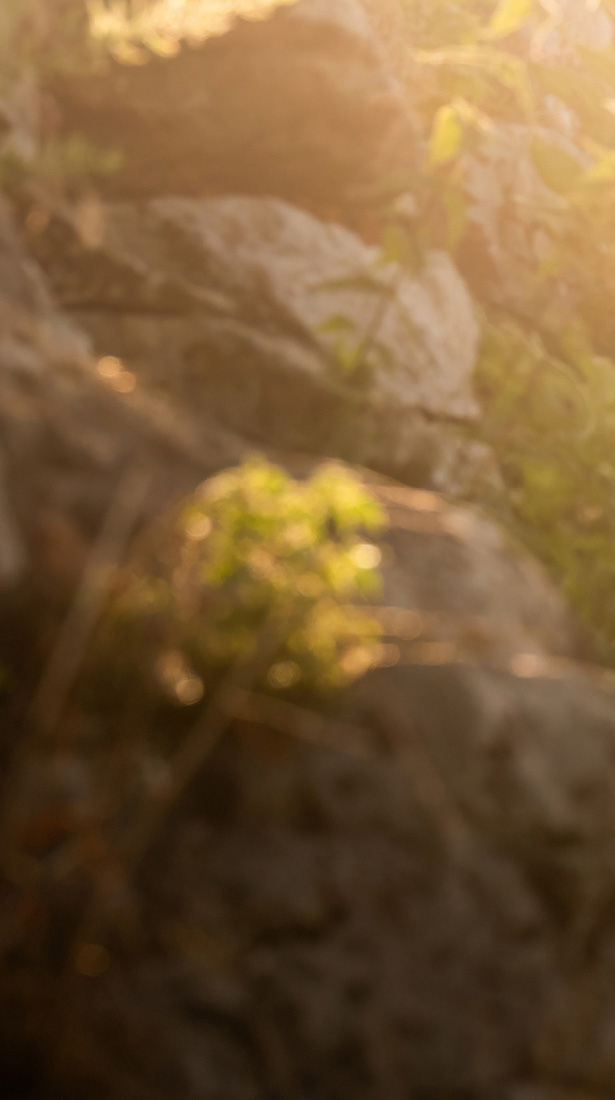
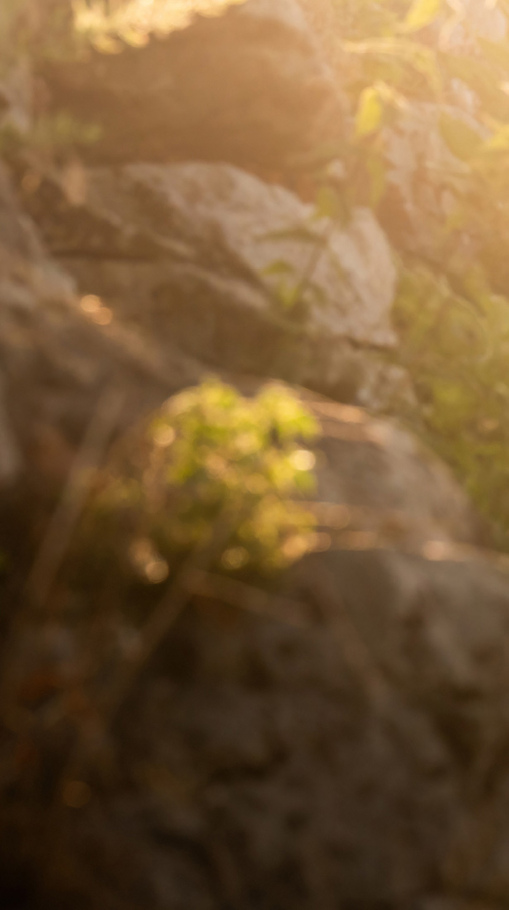
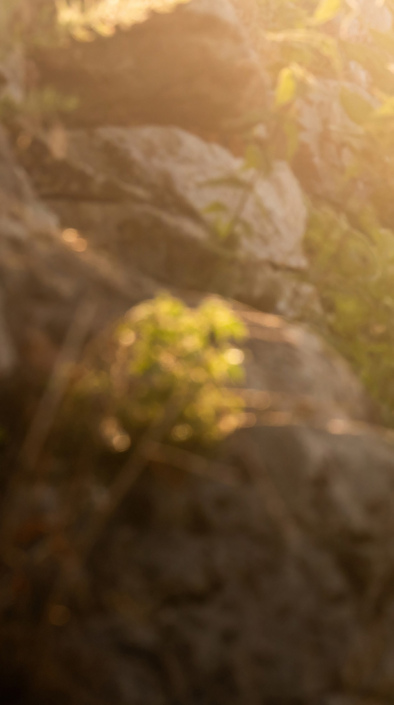
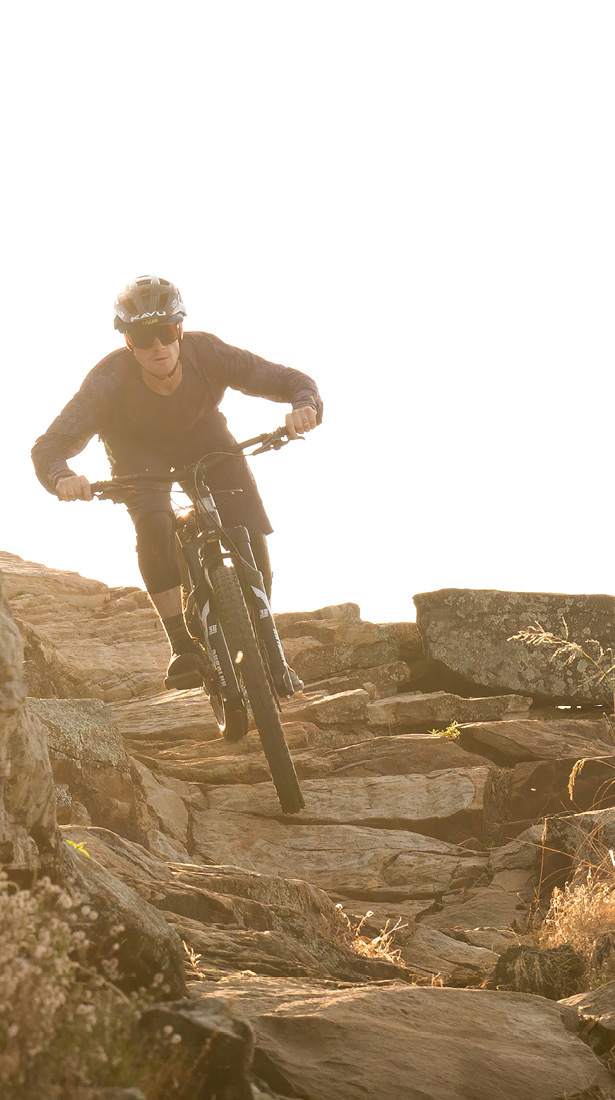

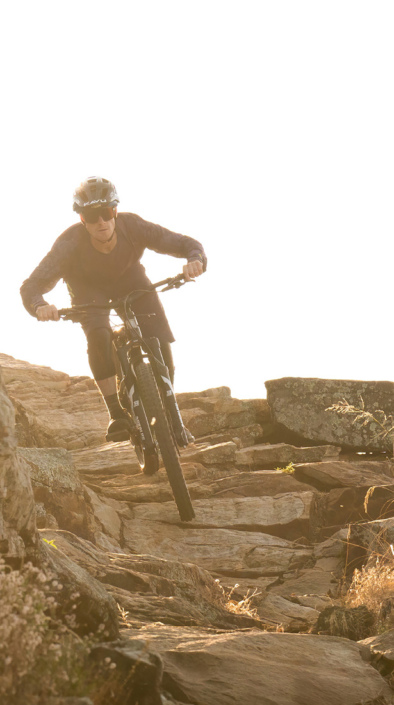




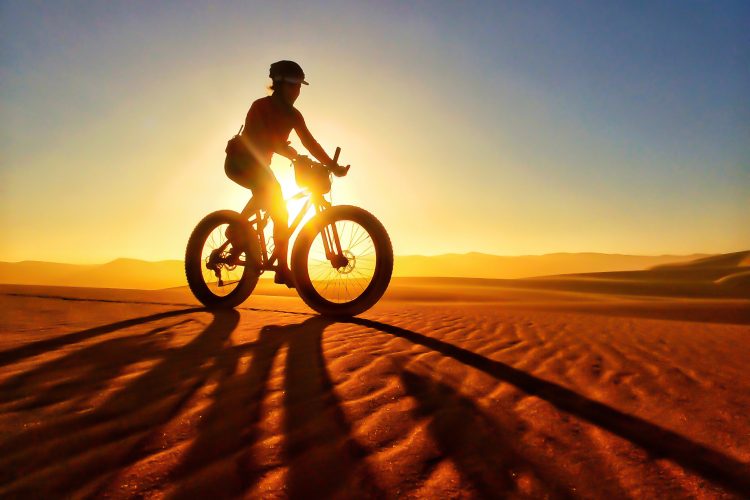
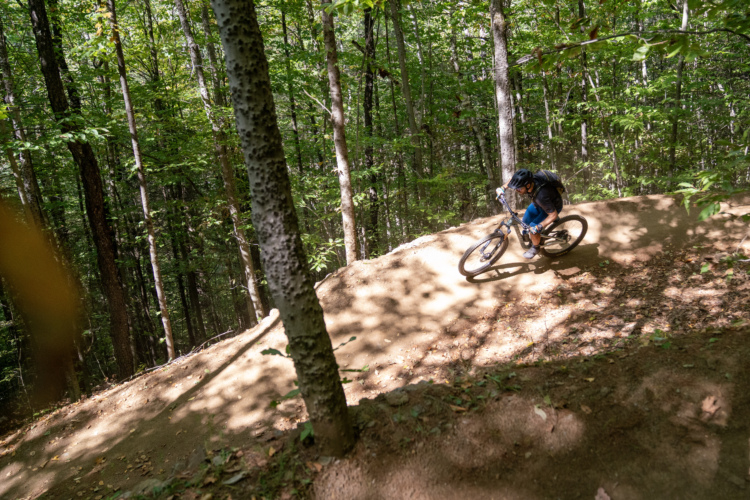
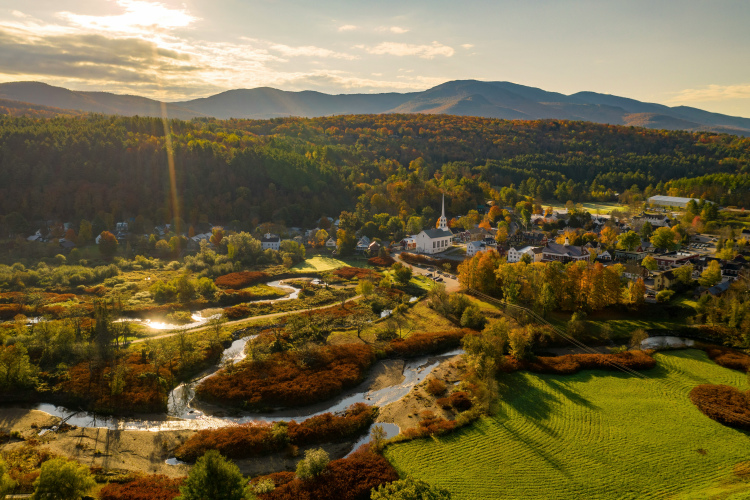
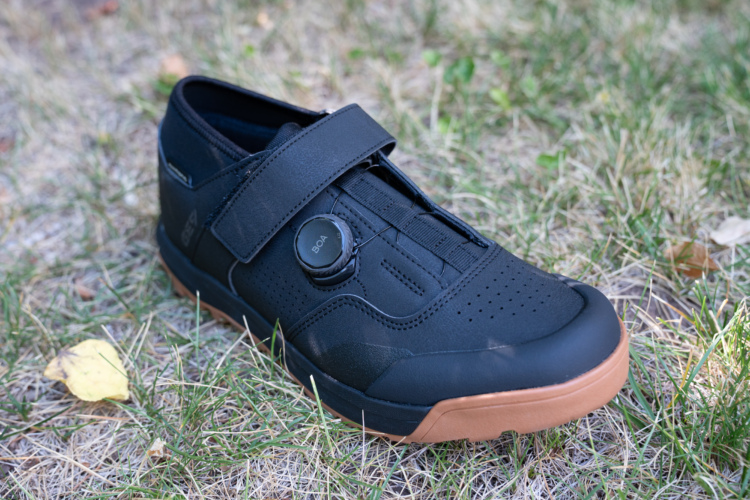
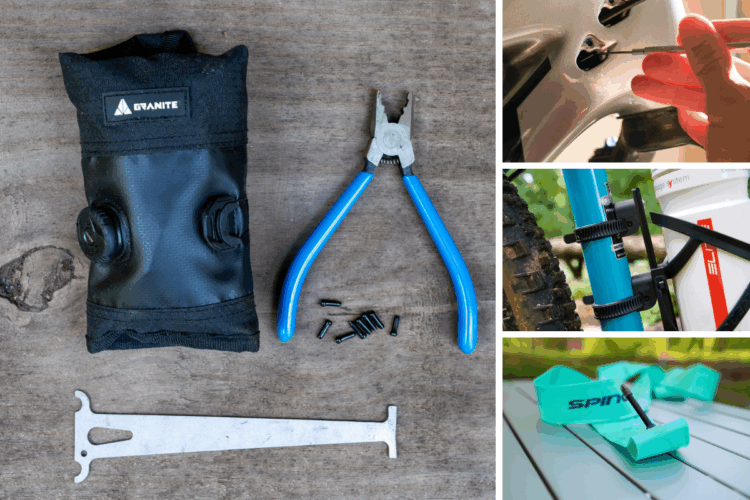

3 Comments
Feb 5, 2017
Feb 11, 2017
Dec 19, 2017
With 20 miles of XC trails and 13 single track Fat bike. The biggest challenge is snow firmness, it takes years to convince bikers it is not possible to pack dry rocky mtn snow hard enough with XC snowmobile grooming equipment in dry Rocky Mountain snow.
Half of the problem with different user group conflicts is lack of grooming knowledge within the FAT bike community. Skiers know what they need to do to have their trails in tip top shape, they have been doing it for decades. Nobody want to hear it takes expensive equipment to get the trails useable. Most Nordic areas are groomed by clubs with snowmobile grooming equipment that in dry snow do not make a firm enough surface for bikes most days. For example, in the North East, or Midwest, you can drag almost any home made implement around(even behind a motorcycle) at 12 mph with a cinder block or two on top and you have a decent Fat bike surface the next morning. Further to west where snow falls every few days, and lower snow density, it takes a 700 lb snowmobile with a 400+lb special made compaction drag 2 passes at 7 mph to get a decent fat bike surface.
So as time goes on it will get sorted out, but for starters a grooming chart for different snow densities would be a great help for clubs and government agencies to have some basic grooming knowledge to get started in their area. If anyone is interested in this I would be glad to get one started with data from groomers in other regions. Also grooming machine side hill limitations etc.
All said, snowshoe packed trails are the best to ride, problem is convincing 6 or more show shoers to do 13 mile loops every time it snows.
Jesse Hansen
[email protected]